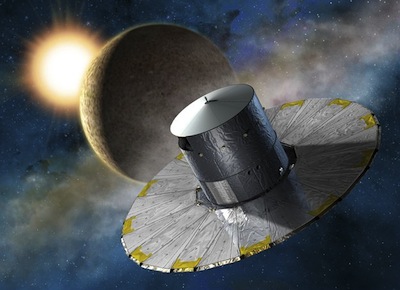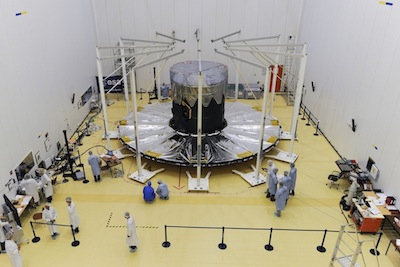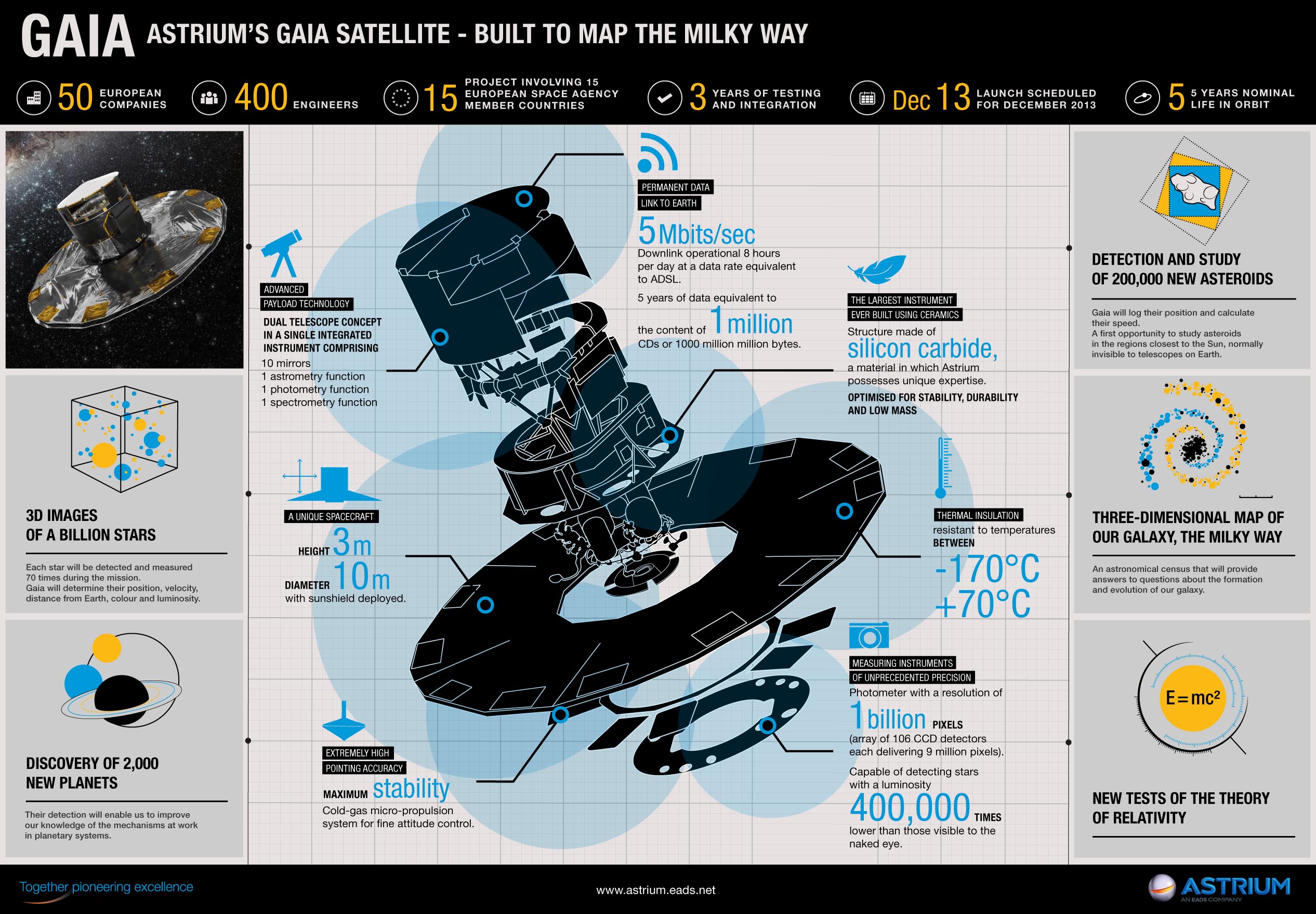PlutonianEmpire
King of the Plutonian Empire
Is that from that Apollo 18 movie?
 I had to find out more about that, so I tracked it down. You must see and hear it as the original! Friggin' awesome find, El Mac! Also, sorry serious space dudes for the spam in the thread, but it's just so glorious. Oh, and hey, maybe sincere food tip... you never know!
I had to find out more about that, so I tracked it down. You must see and hear it as the original! Friggin' awesome find, El Mac! Also, sorry serious space dudes for the spam in the thread, but it's just so glorious. Oh, and hey, maybe sincere food tip... you never know! that is way better than the gif
that is way better than the gifnopeIs that from that Apollo 18 movie?
I hate being tricked like that, but I am glad I watched it. Super effective.

 just kidding - how do they take a piss in those suits is the real question ........
just kidding - how do they take a piss in those suits is the real question ........Airplane discussions are also welcome.
 .
.I was wondering about that when I saw this thread (and regaining an interest in aircraft after getting some 1/200 scale model airliners). Though I'm afraid that mines would get drowned out by space.
I'm surprised I actually missed that part of the OP. I myself am a huuuuge airliner fanboi, although my passion for space, sci-fi, and boffing blue alien elves kinda drowned that out for a while in the past several years. Before that, my favorite was flying a fictitious Virtual Airline I made up on M$ FS9 (Flight Simulator 2004). I think I used an online service for that before the bastards implemented a paywall.I was wondering about that when I saw this thread (and regaining an interest in aircraft after getting some 1/200 scale model airliners). Though I'm afraid that mines would get drowned out by space.


Europe's Gaia mission ready for galactic survey
The European Space Agency is sending the $1.2 billion Gaia mission to space Thursday to catalog a billion stars, promising to be a prolific discoverer of planets, asteroids and supernovas for generations of astronomers.

With a billion-pixel camera at the heart of the mission, Gaia is billed as the most sensitive telescope ever put into space.
Its twin telescopes will see an average of 40 million stars every day over Gaia's five-year mission, which begins Thursday with a launch atop a Europeanized version of the Russian Soyuz rocket from the Guiana Space Center on the northern coast of South America.
Built by a European consortium led by EADS Astrium, Gaia is housed inside a climate-controlled shroud at the tip of the 151-foot-tall launcher, which is on schedule to blast off at 0912:19 GMT (4:12:19 a.m. EST).
Less than 42 minutes later, the launcher's Fregat upper stage will release the 4,484-pound spacecraft on a three-week trip to an operating post at the L2 Lagrange point a million miles from Earth.
Several critical deployments are programmed moments after Gaia separates from the rocket, including the unfurling of an insulating sunshield more than 34 feet in diameter. The shield keeps Gaia's sensitive camera, the largest ever flown in space, at a chilly minus 148 degrees Fahrenheit.
With the thermal insulator extended 90 degrees into its flight position, Gaia resembles the shape of a wide brim hat - its disc-shaped sunshield making up the visor and the observatory's main body in the middle.
The launch can't come soon enough for many European scientists, who have worked on the mission for more than two decades.
"This will be the first-ever map of the Milky Way in 3D," said Gerry Gilmore, the top British scientist working on Gaia. "We've never had anything like this before at all. It's a complete discovery machine."
Gilmore, one of the first scientists who proposed Gaia to ESA, is waiting to receive the first of the mission's several petabytes of data. A petabyte is equivalent to a million gigabytes, or 200,000 DVDs.
"The most challenging part we haven't even come close to handling yet, and it's how you actually analyze, think about and understand a dataset of a billion high-precision pieces of information, and it's not actually a billion we're talking about," said Gilmore, a professor of experimental philosophy at Cambridge University. "We have a billion targets, but for most stars, we'll not only have a proper motion, we'll have a distance, we'll have in many cases whether it's got a companion or it's got planets, we'll know from the spectrometry what kind of a star it is, the brightest 300 million or so ones we'll have a radial velocity, and for that same 300 million we'll have measurements of the chemical element abundances. Depending on how you work it out, we'll have somewhere between 12-dimensional and 26-dimensional data for these stars. And petabytes of it."
Spinning four times a day an observation point a million miles from Earth, Gaia will observe each of its billion stellar targets an average of 70 times, with each star momentarily appearing in the probe's apertures and crossing a plane of imaging sensors embedded deep inside the spacecraft.
"The estimate of the number of stars in the Milky Way is 100 to 200 billion stars, so we observe between one-half and 1 percent of these stars," Prusti said. "Because of the completeness of Gaia to a limiting magnitude, this proving of 1 percent of these objects will help us reconstruct the remaining part. We're not going to take a full census of the Milky Way, but we are going to look at a billion stars and we'll have enough statistical power to deduce the structure of the Milky Way."
Gilmore said Gaia's survey will be complete in the solar neighborhood and throughout the "spur" of the Milky Way's spiral arm harboring the solar system. It will also peer into the galactic center to see very distant, but brilliantly bright stars thousands of light years away, yielding fresh estimates of the size of the galaxy and the mass of all the matter in the Milky Way.
First proposed in the 1990s, Gaia was selected for development by ESA in 2000. It follows the European Hipparcos mission, which was the first probe to plot the positions and motions of stars - a measurement known as astrometry.
Hipparcos pinpointed more than 100,000 stars, and its maps are still the gold standard used by astronomers today. Gaia will go deeper and produce more precise measurements - an improvement of a factor of 100 - allowing scientists to project the movements and locations of stars back in time to understand how the Milky Way evolved over the eons.
"Gaia is like a big camera, so we have two optical telescopes and then we have the focal plane, where we detect the signal," said Giuseppe Sarri, Gaia's project manager at ESA.

Gaia's two telescopes are positioned 106 degrees apart, simultaneously observing different sections of the sky in strips as the spacecraft rotates. Light from the telescopes will pass through a series of mirrors, then fall onto an array of 106 CCD detectors, comprising nearly a billion pixels with an area of 0.38 square metres, the largest imaging focal plane ever deployed in space.
The sensors for Gaia's imaging array were made by e2v in the United Kingdom.
"The key technological reason we can do this job so much better is that since Hipparcos, CCDs can now be used in space, allowing us to observe many targets at the same time by imaging the sky, which gives us an advantage, together with a bigger satellite," Prusti says. "But it's really the detector technology that allows us to benefit from Gaia."
Gaia's instrument, which actually serves three functions, will plot the position and movement of a star's point light source across the plane of CCDs. Two prisms will split light into red and blue spectra, allowing researchers to use a process known as chromatic correction to ensure they know exactly a star's color, temperature, mass and other things.
To keep stable, Gaia will use an innovative micro-propulsion system with cold gas thrusters. Spinning reaction wheels or conventional rocket engines would disturb the science mission, according to Sarri.
"The fundamental characteristic of Gaia is it is an extremely stable optical base telescope made of a special material called silicon carbide, and an extremely large focal plane. That is why we can measure so many stars with such precision," said Giuseppe Sarri, Gaia's project manager.
Then comes radial velocity - what Sarri calls the fifth dimension of a star's motion.
"With the astrometric CCDs, we can measure two positions in space, the third position via the parallax, and then the true speed on the plane on the sky," Sarri said. "But we are missing the fifth dimension, which is the radial speed, the speed of the star either approaching or receding from the spacecraft. We do this with a radial velocity spectrometer."
Gaia also promises to be a prolific discoverer of planets, asteroids and supernovas. And it could test key tenets of Einstein's theory of general relativity.
"Because Gaia is doing this totally unbiased survey, anything that looks point-like and is brighter than 20th magnitude will be observed," Prusti said. "That means we will get a huge number of asteroids in our solar system. They come like a free bonus for Gaia. This will allow us to determine the orbits of these asteroids by orders of magnitude than can be done with ground-based observations."
Gaia will look inside Earth's orbit and could uncover asteroids hiding from other telescopes, according to Prusti.
"We are not looking directly into the sun but close enough to do something that is not possible from the ground," Prusti said. "This will allow us to look inside Earth's orbit, so we'll look for asteroids that are locked in Earth-trailing or leading Lagrange point and we can make a census of what type of objects these are and how many there are."
Data collected by Gaia will also contain hints of large gas giant planets around other stars.
"The sensitivity of Gaia will be high enough that we will have a census of Jupiter-sized planets around nearby stars in orbits between two to seven or eight years," Prusti said. "That's a parameter space that's very poorly studied from ground based observations. We will see a star that has an extra bubble with respect to the anticipated parallax and proper motion, and from measuring that extra bubble we can deduce whether it has a companion which is another star or perhaps a Jupiter-sized planet."
Scientists expect Gaia will discover tens of thousands of brown dwarfs, or failed stars, and 20,000 supernovas. And models of the motion of stars throughout the galaxy could yield insights into the distribution of dark matter, the poorly-understand glue that binds the universe together.
"It's the first ever genuine census machine where we don't need to know anything about what's in the sky to start with," Gilmore said. "That is literally the requirement. The requirement is we don't bias ourselves with thinking we know what's up there. We're actually going to see what nature's telling us. We'll see everything."

Speaking of LaGrange points, have we ever verified that there is nothing at Earth's L3 point?
